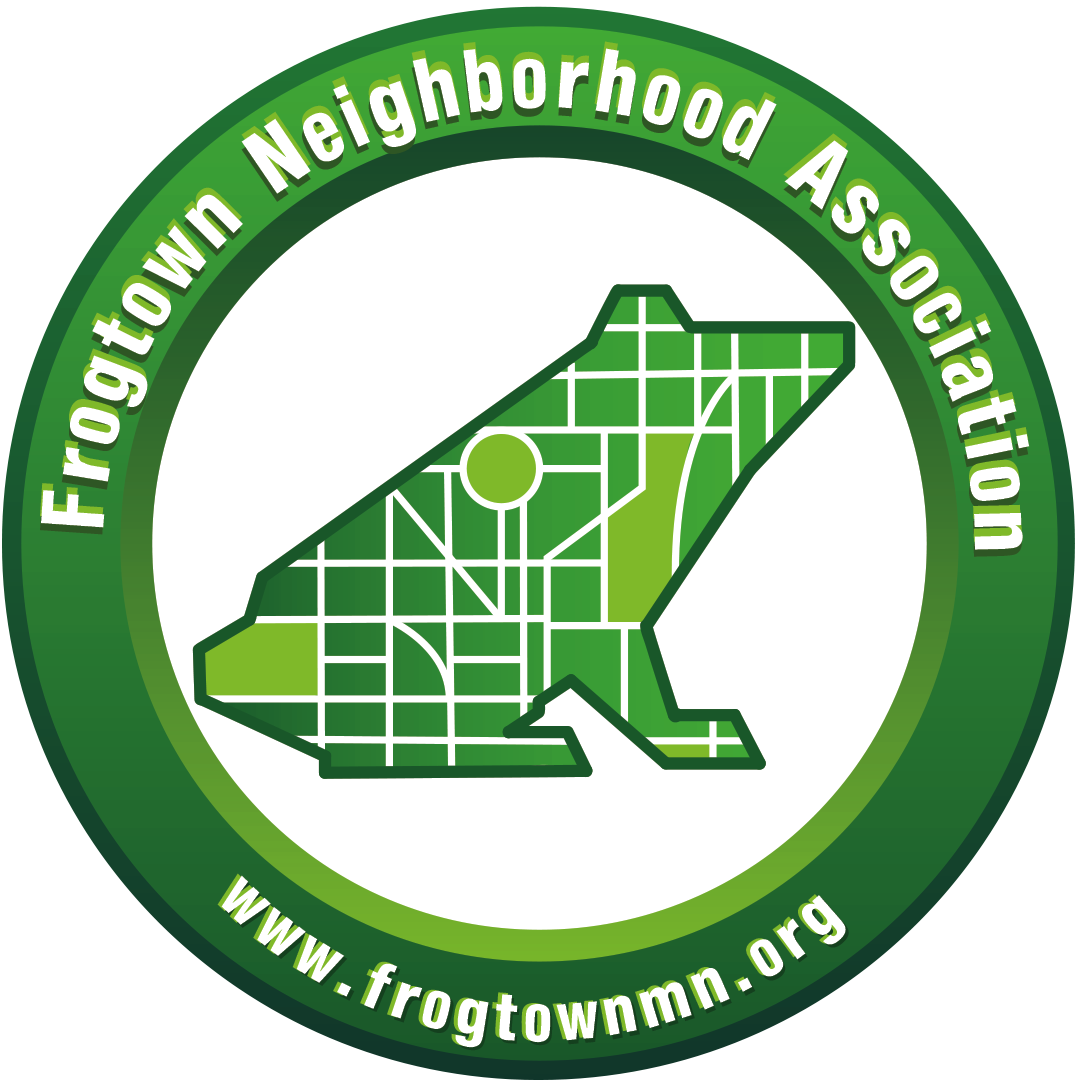“This swamp country was the place where the frogs lived and ‘croaked.’ As you walked on the road on a summer’s day, the frogs and froglets which had come out of the ‘jungle’ to bask in the noonday sun would jump off in all directions as if they had pressing business elsewhere.” —from Frogtown, 1867-75, by Alexius Hoffmann
The Frogtown area first began to populate in the late 19th, and early 20th century. Mirroring the rise of the expanding Twin Cities Streetcar system, today you still see remnants of a not so distant past. Many of the homes in this area still possess their original Victorian era detailing. From classic wood, brick, and block apartment buildings and duplexes, to renovated multi-family homes; Frogtown is a diverse balance of present and past. Today, Frogtown is home to an expansive melting pot of cultures.
Minnehaha Mall
Minnehaha Mall, located between Pierce Butler, Minnehaha, Chatsworth, and Milton; is a sparse juxtaposition of several Frogtown businesses. Established about 60 years ago, this site was one of St. Paul's first "modern" shopping centers. Although many different businesses have come and gone over the years, its most memorable destination was Minnehaha Lanes; founded by William Manon in 1958. In more recent years, this area was purchased by The Saint Paul Port Authority, with plans to redevelop the site.
Historic Rondo
In the 1930’s, St. Paul's African American population had established a thriving tight-knit community centered around the historic Rondo Avenue. The 1960’s saw the beginning of construction of I-94, and marked the end of a historic and dignified era. Thousands of homes were demolished, thousands of families were displaced, thousands of spirits were broken, and dreams differed. Ever year, with the annual Rondo Days celebration, we remember the heights we once reached, and honor the history and legacy of this time period.
Ford Building
Located at 117 University Ave W, The Ford Building was established in 1914. It was originally a sub-assembly plant for Ford Motor Vehicles, but was later replaced by the Highland Park Ford Plant in 1925. It was later purchased by the state of Minnesota, and served as a base for a state operated book store. Although state officials have considering knocking it down, it is now considered an endangered business by the Preservation Alliance of Minnesota.










